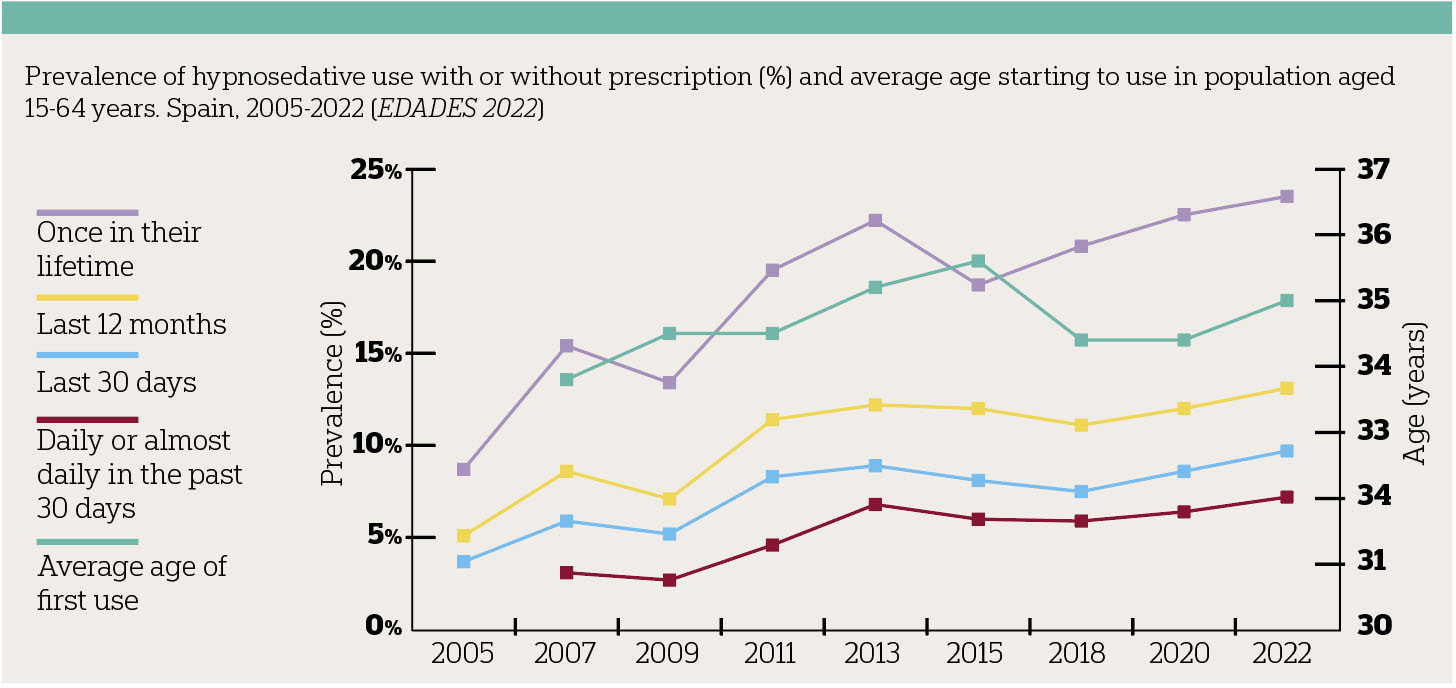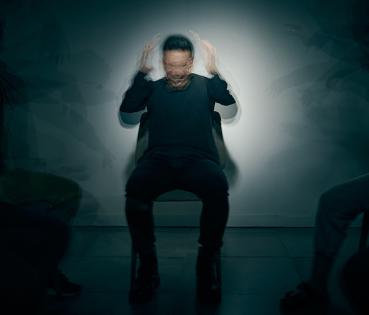
Spain leads the world in the consumption of benzodiazepines
Benzodiazepines are a medicine of the hypnosedative group, often prescribed as a muscle relaxant and a solution to sleep problems due to their anxiolytic effect.
Many people in Spain suffer from insomnia or anxiety and they are treated with benzodiazepines, a drug with anxiolytic and relaxing properties that belongs to the hypnosedative family. Its chemical formulation makes it a nervous system depressant that acts selectively, providing the patient with a feeling of peace and tranquillity similar to the effects of some drugs. Currently, most of these drugs are prescribed by doctors and health professionals. For this reason, it is difficult to control them.
A health risk
The development of benzodiazepines began in 1950, and it was in 1960 that the first benzodiazepine, metaminodiazepoxide, was patented. Shortly afterwards, in 1963, diazepam was patented, a drug with more anxiolytic potency and a greater muscle relaxant effect. Today, benzodiazepines - like most drugs - have side effects.
They do not appear in all cases and not all patients notice them with the same intensity, but this type of hypnosedatives can cause drowsiness, especially in the first days of treatment, loss of orientation, weakness, nausea, headache, tachycardia, memory difficulties and even slowness of speech.
Moreover, the problem becomes more serious when patients build up tolerance to the drug and increase their dosage until they become addicted, which is often very difficult for the patient to detect.
The figures on rise
Their danger is evident: they can cause addiction. In fact, at the beginning of 2023, the International Narcotics Control Board (INCB) already warned that Spain is the country with the highest consumption of benzodiazepines in the world.
And these figures have been worrying for years; in 2020, for example, almost 110 doses per 1000 inhabitants were consumed daily in Spain. Belgium, with 84 doses, follows in second place, and countries such as Germany are far removed from this health problem with a rate of 0.04 doses per day.
According to the latest data from the EDADES 2022 survey, the consumption of hypnosedatives with or without prescription has increased in the last year, corroborating a growing trend since 2018 to reach 23.5 %. Last year, 13.1 % of people aged 15-64 used them at some point in the past 12 months, a proportion that rises to 16 % among the female population.

How does a high dose of this anxiolytic affect?
Competitiveness, mental health problems due to the pandemic, stress and the current lifestyle are some of the factors that could explain this high consumption. Society uses this type of medicine and chemistry to disconnect from its routine.
Benzodiazepines, including diazepam, lorazepam, clonazepam or alprazolam, calm or sedate people and they are the quickest way to treat anxiety or insomnia, although they are usually not the best or the only solution. On other occasions, they are prescribed to counteract the effects of some drugs such as cocaine, but if this consumption lasts longer than recommended, it can lead to possible dependence.
Benzodiazepines affect the brain by modifying the person’s neuronal response: first they will cause a rebound effect when their action is over; then tolerance will increase and they will generate abstinence. At that time, an episode of dependence may begin, in other words, the need and impossibility to control the desire to take the drug.




